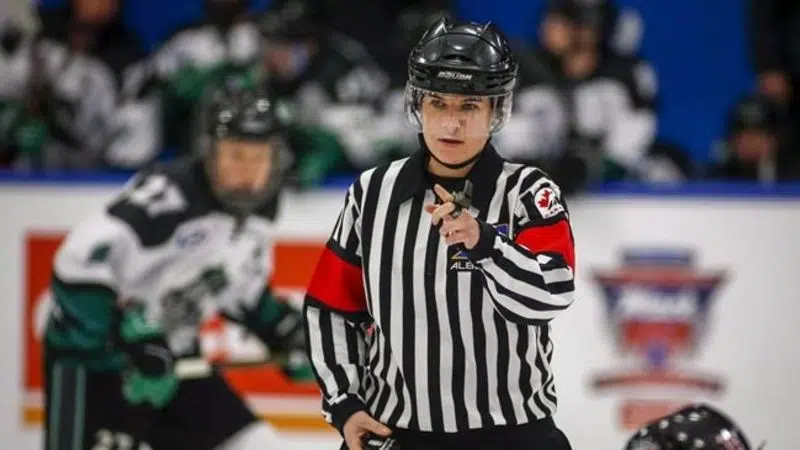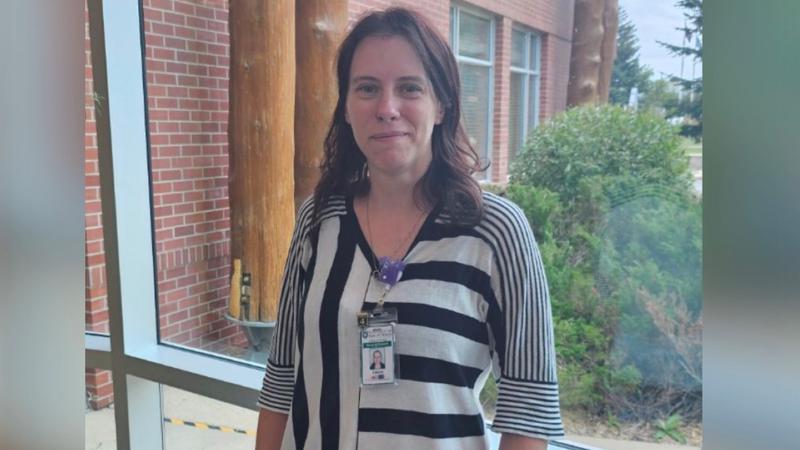
Glass ceiling persists in hockey despite recent firsts: female officials
VANCOUER, B.C. — A woman who helped forge a path for female hockey officials in Canada says there’s still work to be done in combating gender inequality across the sport.
A lot has changed since Laurie Taylor-Bolton first picked up a whistle in Newmarket, Ont., in the early 1980s. She was the lone woman among a sea of 41 men at her first training clinic and was 15 years old when she joined the small handful of female officials working across Canada.
“You can imagine there were a lot of inappropriate and offensive comments directed and me on the ice,” she said in an email.


